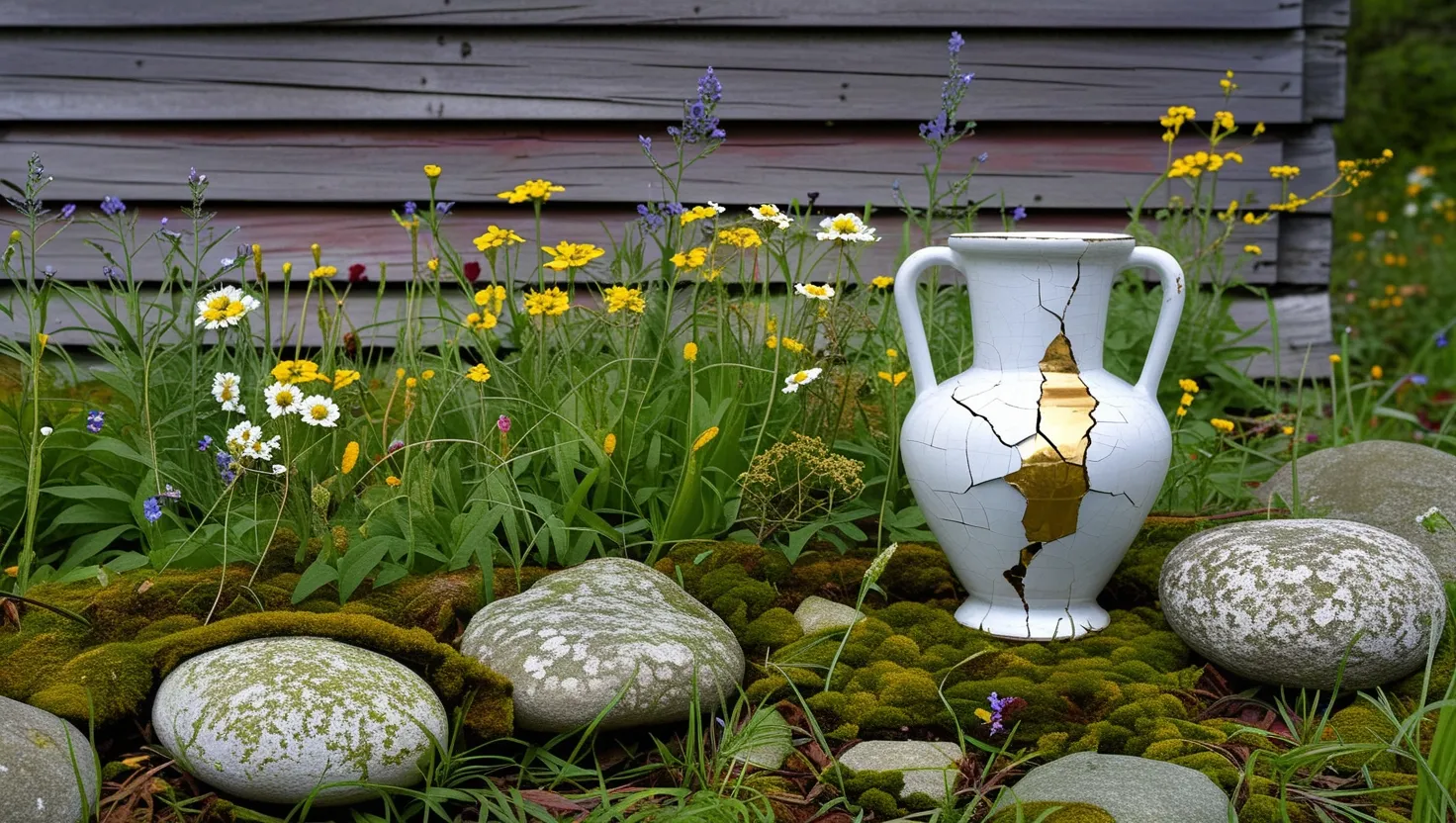In a world where perfection is often the ultimate goal, there exists a philosophy that celebrates the very opposite: the beauty of imperfection, impermanence, and incompleteness. This is the essence of wabi-sabi, an ancient Japanese aesthetic that is increasingly influencing modern lifestyle trends.
Wabi-sabi is more than just a design or art movement; it is a way of life. It originated in the 15th century, deeply rooted in Zen Buddhism and Shintoism, and has since become an integral part of Japanese culture. The terms “wabi” and “sabi” were initially associated with negative connotations – “wabi” meant the misery and loneliness of living in nature, away from human comfort, while “sabi” signified the withered and degraded. However, over time, these meanings evolved to represent something far more positive.
Today, “wabi” is about appreciating the elegance of humble, rustic simplicity. It is the beauty found in the quiet, the simple, and the unassuming. Imagine a small, secluded cottage nestled in the woods, its wooden beams weathered to a soft gray, its garden overgrown with wildflowers. This is wabi – a celebration of the beauty that arises from living a simple, authentic life.
“Sabi,” on the other hand, is about the beauty that comes with age and wear. It is the patina on an old wooden table, the cracks in a well-used teacup, or the faded colors of a vintage kimono. Sabi is the story that objects tell through their imperfections, a testament to the passage of time and the lives they have touched.
One of the most compelling aspects of wabi-sabi is its application in everyday life. In an era dominated by social media, where everything appears flawless and curated, wabi-sabi offers a refreshing alternative. It encourages us to appreciate the imperfect, the worn, and the aged. For instance, instead of discarding a chipped mug, we can see it as a reminder of countless mornings spent sipping coffee, each chip telling a story of its own.
This philosophy has a profound impact on interior design. Gone are the days of sleek, modern interiors that look more like showrooms than homes. Wabi-sabi-inspired spaces are cozy, inviting, and filled with character. They feature natural materials like wood, stone, and clay, which gain beauty as they age. A wooden floor that has been walked upon for decades, a stone lantern covered in moss, or a handmade ceramic vase with subtle cracks – these are the elements that bring warmth and authenticity to a home.
In fashion, wabi-sabi translates into a preference for timeless, handmade pieces over fast fashion. It’s about valuing quality over quantity, and finding beauty in the imperfections of a hand-knitted sweater or a pair of well-worn jeans. This approach not only reduces waste but also fosters a deeper connection with the items we own.
Wabi-sabi also has a significant influence on mental health. In a world where anxiety and stress are rampant, this philosophy offers a calming perspective. By embracing imperfection, we can let go of the relentless pursuit of perfection. It reminds us that nothing lasts, nothing is finished, and nothing is perfect – a truth that can be incredibly liberating. Imagine the relief of not having to present a flawless facade every day, of being able to accept and love ourselves and our surroundings just as they are.
The art of kintsugi, or golden joinery, is a powerful example of wabi-sabi in action. Instead of discarding broken pottery, kintsugi involves repairing it with gold or silver lacquer, highlighting the cracks rather than hiding them. This process not only preserves the object but also tells its story, making it more valuable and beautiful than before.
In Japanese gardens, wabi-sabi is evident in the deliberate imperfections. A garden might be meticulously maintained, yet it will often include elements like moss-covered stones or a few strategically placed fallen leaves. This is not negligence but a deliberate choice to celebrate the natural cycle of life and decay.
The influence of wabi-sabi extends beyond aesthetics; it also shapes our approach to sustainability. In an age where consumerism is rampant, wabi-sabi encourages us to value what we already have. It promotes a culture of reuse and repair, reducing the need for new, resource-intensive products. This mindset is crucial for our planet’s well-being, as it helps in reducing waste and conserving resources.
Wabi-sabi is not just a philosophy; it is a way to connect with our past and our present. It reminds us that everything has a story, and that these stories are what make life rich and meaningful. Whether it’s an old family heirloom, a well-worn book, or a simple, handmade craft, wabi-sabi helps us see the beauty in the imperfections that make these items unique.
In a world that often values the new and the perfect, wabi-sabi offers a refreshing counterpoint. It invites us to slow down, appreciate the beauty in imperfection, and find comfort in the simplicity and authenticity of life. As we navigate the complexities of modern living, embracing wabi-sabi can be a powerful way to find peace, connection, and a deeper appreciation for the world around us.
This philosophy is not about settling for less; it is about celebrating the unique qualities that make each object, each person, and each moment special. It is a reminder that perfection is not the goal, but rather the journey – with all its imperfections, impermanences, and incompleteness – that truly matters. By embracing wabi-sabi, we can find a more balanced, more authentic, and more fulfilling way of living.






